According to popular belief, science has become so complex that it is nearly impossible for non-experts to understand its intricacies. However, this is a narrow view. It’s important to remember that modern technologies provide everyone with many opportunities to explore the world of science and become a bit of a scientist themselves. All you need is a smartphone with the right mobile app and access to the internet.
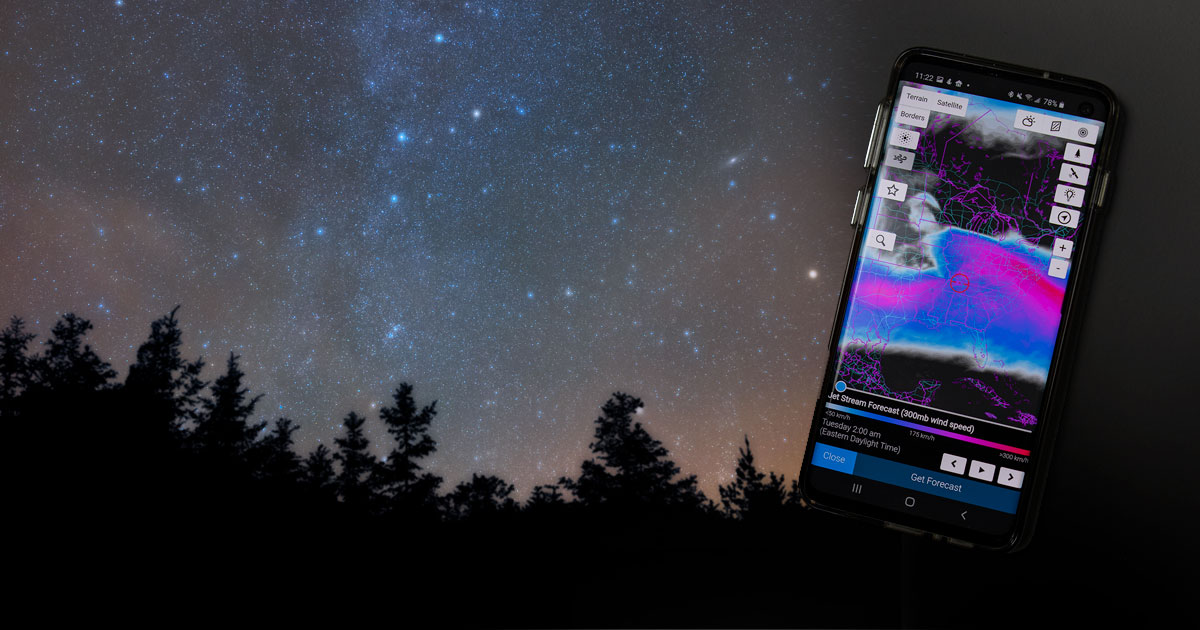
Commemorating Science Day in Ukraine, the editorial team of The Universe Space Tech has compiled a selection of the seven best astronomy apps released for the Android platform. With these apps, you can learn about the phases of the Moon, locate specific constellations, and determine whether a suspicious object in the sky is Venus or the International Space Station (ISS).
Sky Map
The Sky Map app turns your gadget into a planetarium, allowing you to explore the night sky in augmented reality mode. Simply point your smartphone to a specific area of the sky, and it will label the observed constellations, stars, and planets on the screen. The app also displays meteor showers and the brightest comets. Another useful feature is travel in time, which allows you to see how the sky will look at a given time.
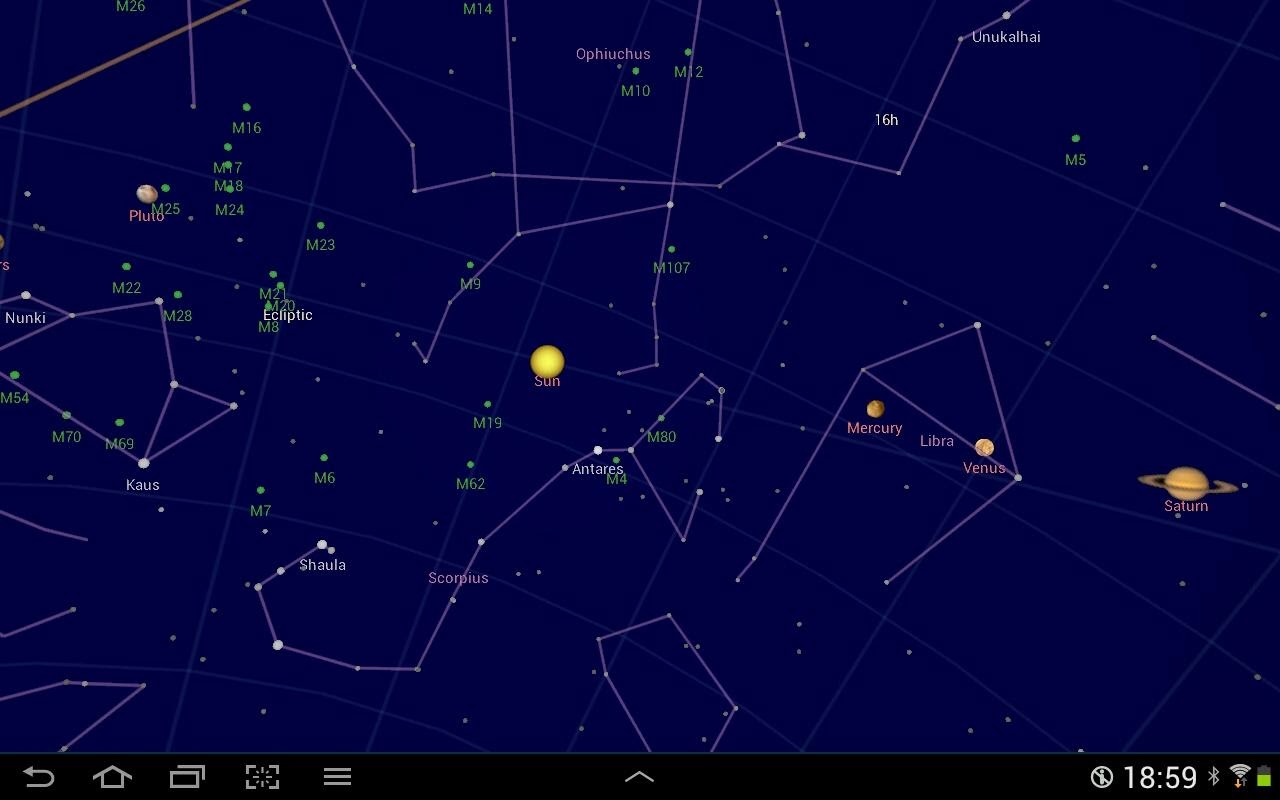
Of course, Sky Map is not the most advanced planetarium program. It lacks encyclopedic references or satellite tracking features. However, thanks to its simplicity, it is a good choice for those who are not seeking specialized knowledge but simply want to identify a shining dot in the sky or know where to look for a meteor shower.
Stellarium
Stellarium is one of the most well-known planetarium programs. Its free mobile app version allows you to take a tour of the night sky at any moment. One of its intriguing features is the “sky cultures” mode, which displays the positions of constellations from mythologies of various Earth cultures, including exotic ones like the Navajo and Maori.
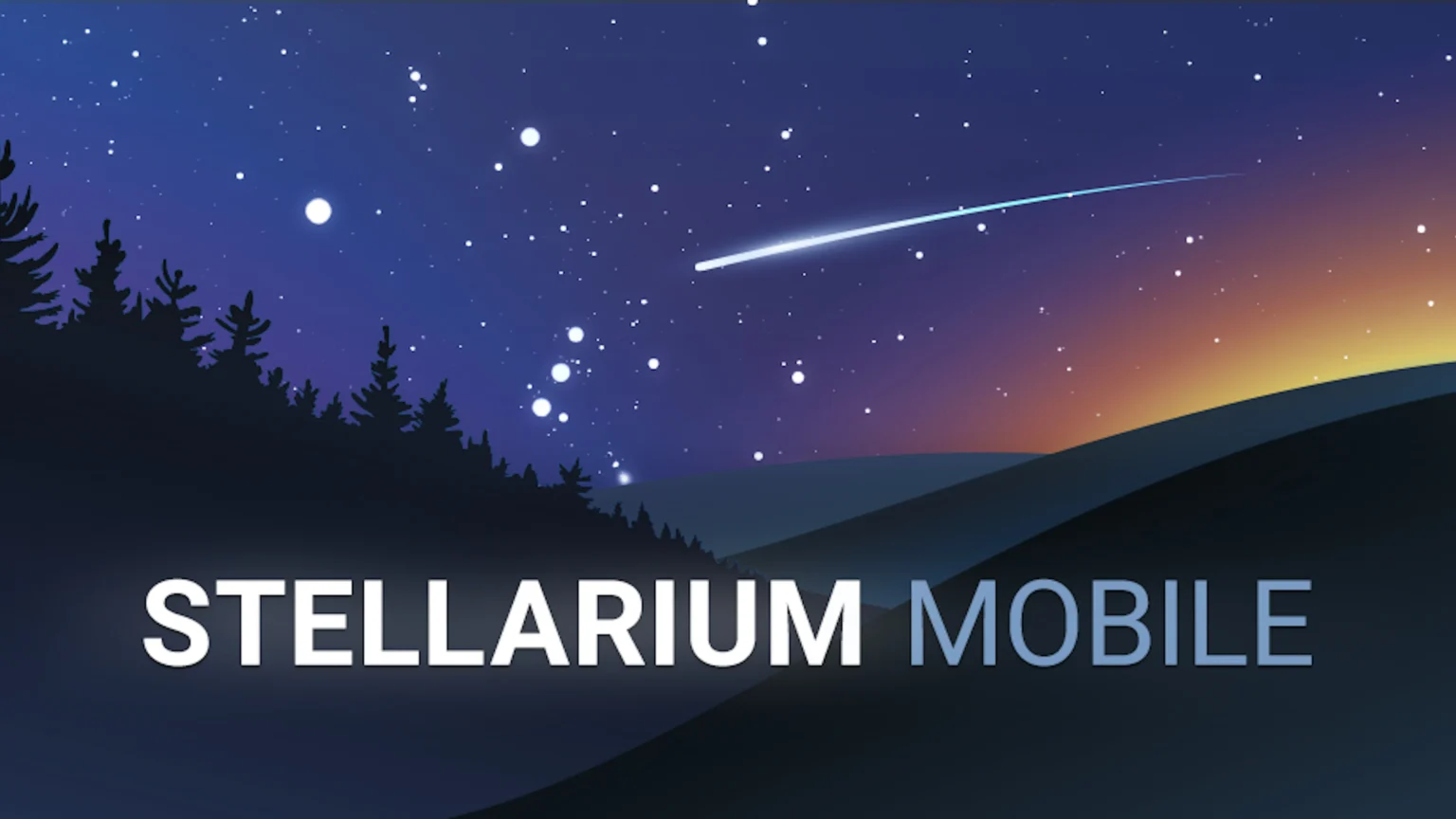
The paid version of Stellarium provides users with numerous additional features. These include access to a catalog of astronomical objects, high-resolution images of planets and objects in deep space, and the ability to track the ISS and satellites.
Solar System Scope
Solar System Scope is a virtual 3D planetarium that offers an interactive journey through our Solar System and its closest stellar surroundings. The app allows you to explore visualizations of planets, their moons, various celestial bodies, and discover interesting facts about them. It is an excellent choice for those who want to start with the basics of space, understand how the Solar System is organized, and see what different celestial bodies look like. It is worth noting the pleasant music accompanying the interactive journey. The main downside of the app is the lack of localization in Ukrainian.
Phases of the Moon
Phases of the Moon is a simple and intuitive app that allows you to find out the current phase of the Moon, its rise and set times, and its distance from Earth. By swiping your finger on the screen, you can see how the degree of illumination of Moon changes. You can also zoom in on the Moon’s image. In this mode, the app displays the names of the major lunar seas and craters, as well as the landing sites of various missions.
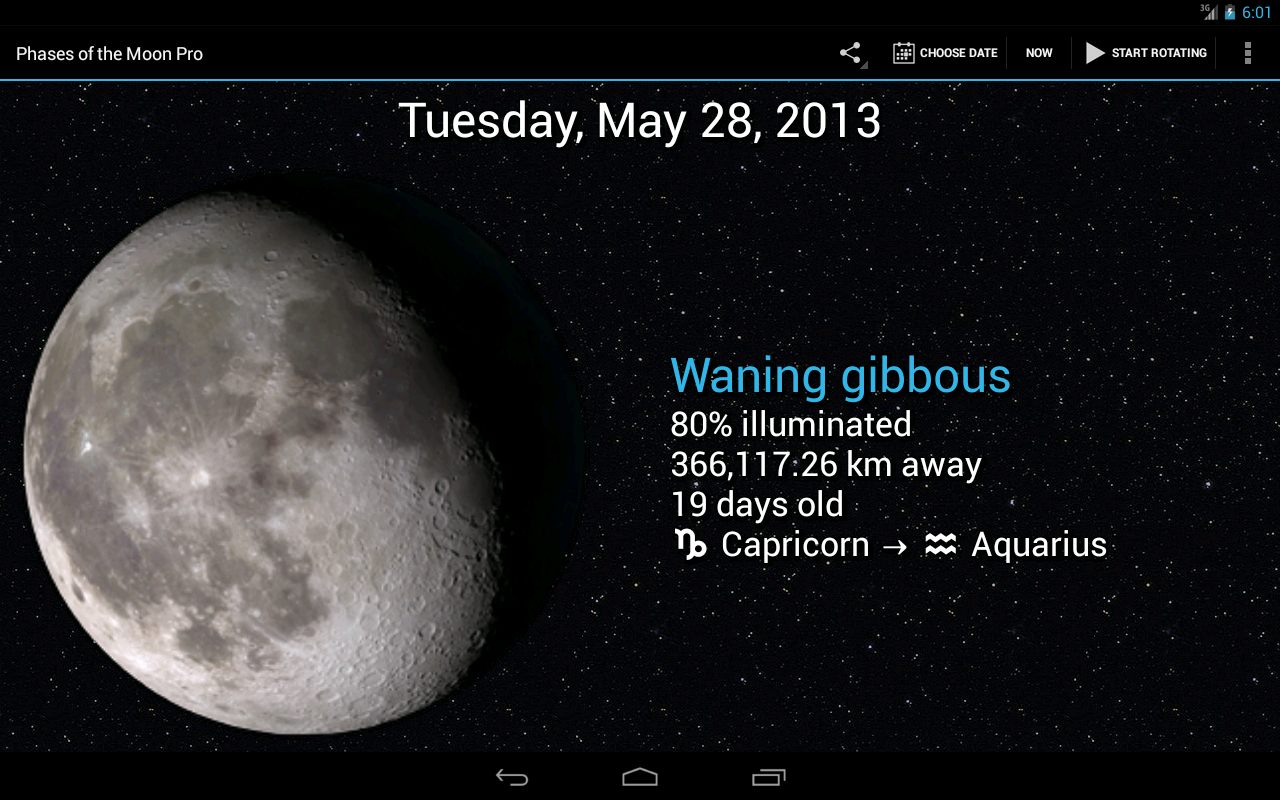
Of course, on the Android platform, you can find many more advanced apps that allow for more detailed exploration of the Moon and come with a multitude of additional features. Among them are Moon Phase Calendar, Daff Moon Phase, and other similar programs. However, if you don’t need any specialized details, Phases of the Moon is a decent option.
NASA App
The official NASA app for Android allows you to stay updated on the activities of this organization. It provides the latest news from the U.S. aerospace administration, social media updates, fresh photos, and information from space missions. As useful bonuses, the app enables users to explore planets and satellites, as well as access an interactive program that demonstrates the current location of NASA’s spacecraft.
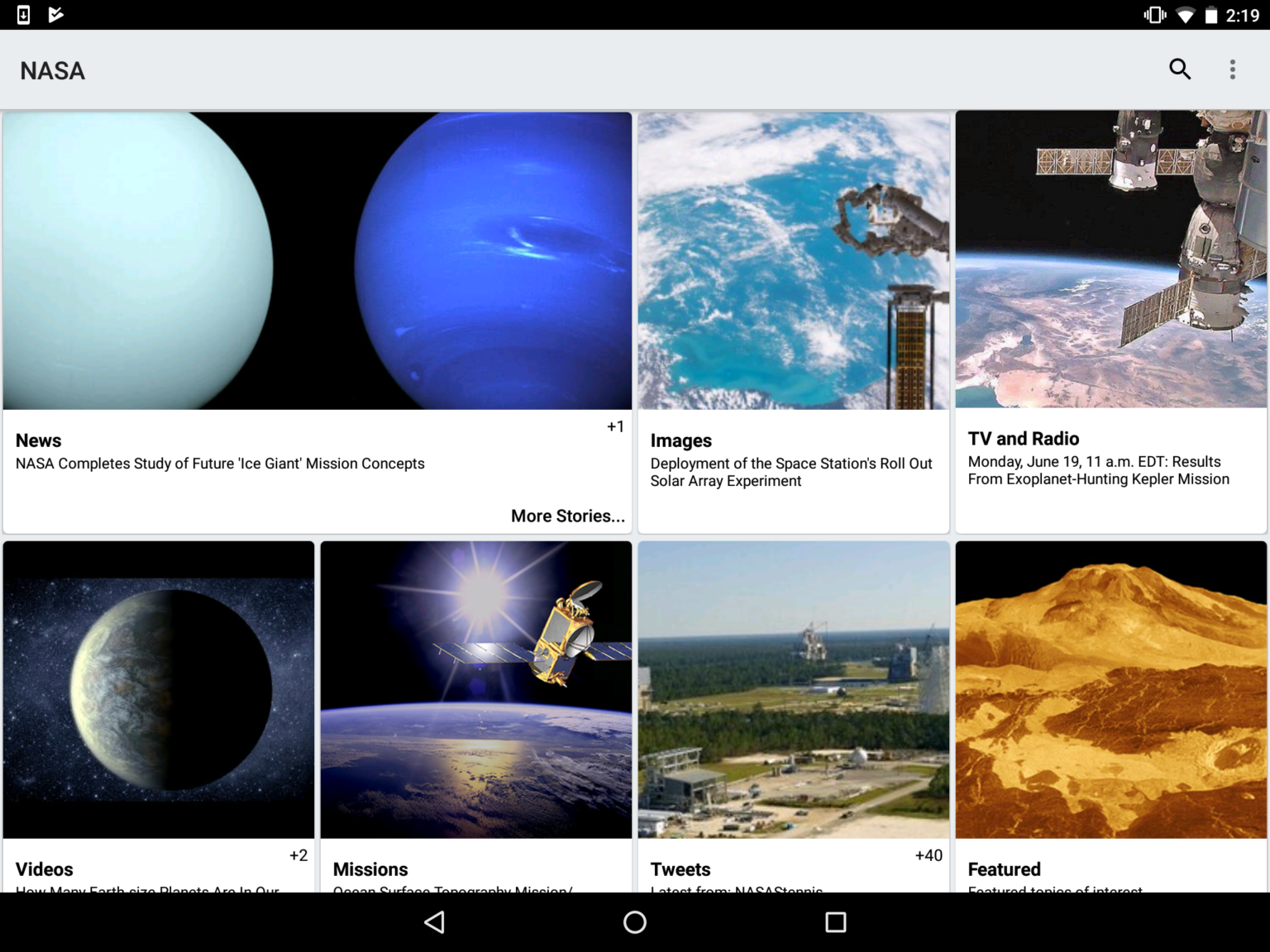
Sunrise Sunset
A decent application for those who want to know the time of sunrise and sunset. Sunrise Sunset provides information on the duration of daylight, the times of sunrise and sunset for the Sun and Moon, and the occurrence of different types of twilight. It also features an interactive mode that visualizes the movement of our celestial bodies across the sky throughout the year, along with the added bonus of planet visibility times.

ISS Detector
This app is useful for anyone who wants to spot the International Space Station (ISS). It is designed to calculate the visibility of the ISS based on the user’s location and provides a two-week forecast. It displays the visibility time, path in the sky, height, and magnitude of the ISS. The settings allow users to set advance notifications to ensure they don’t miss the appearance of the orbital complex. As an added bonus, ISS Detector can also calculate the pass times of the Chinese orbital station Tiangong.
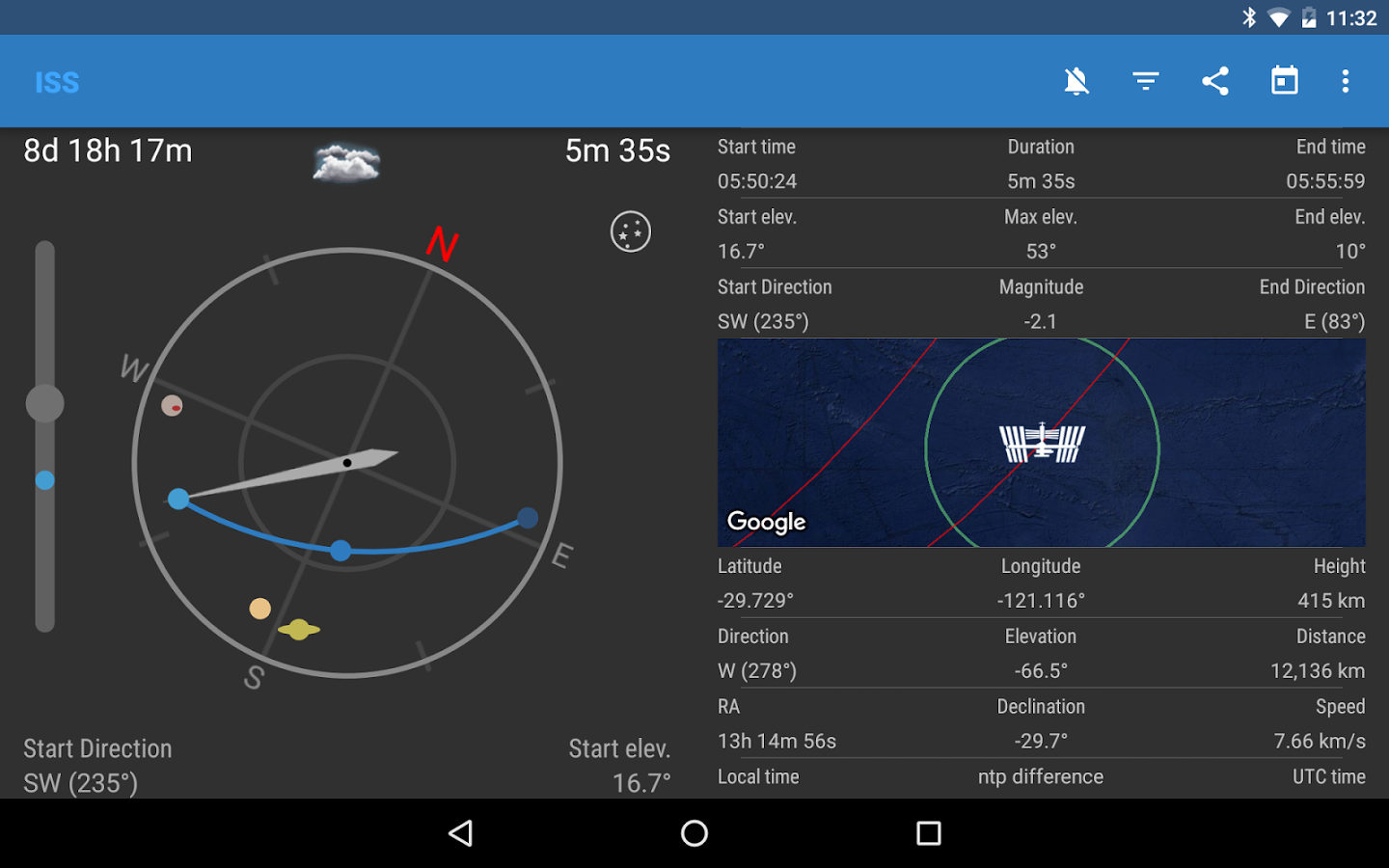
The list of applications we have prepared does not claim to be exhaustive. Its main purpose is to demonstrate the numerous possibilities that modern technologies offer to those who want to explore space, armed only with a smartphone. As for which application is best for this purpose, let each person decide for themselves.

